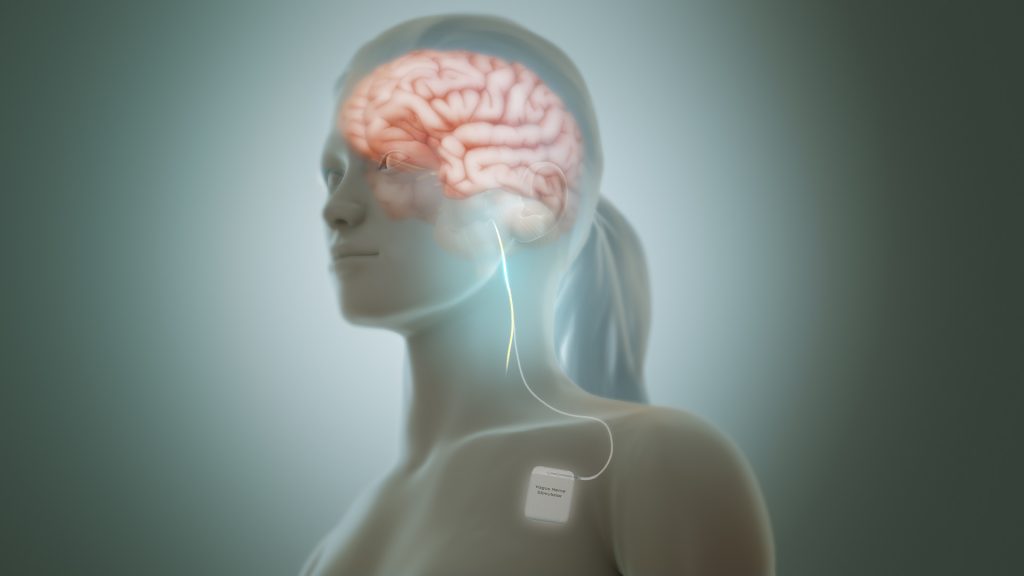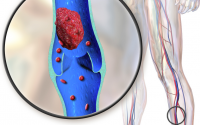Unlocking the Mystery of the Polyvagal Paradox: How Your Nervous System Shapes Your Responses

Have you ever felt your heart race in the presence of danger, or experienced a calming sensation when surrounded by loved ones? Our body’s responses to different situations are not solely driven by conscious decisions, but rather by an intricate web of signals within our nervous system. One fascinating theory that delves into this phenomenon is the Polyvagal Theory, which sheds light on how our autonomic nervous system orchestrates our reactions and emotions.
Imagine this theory as a key that unlocks the secrets of our physiological responses. It unravels the enigma of why our body sometimes seems to act in contradictory ways under different circumstances. This theory is often introduced with a paradox: how can the same nervous system both calm us down and trigger life-threatening reactions?
The Basics of the Polyvagal Theory
The Polyvagal Theory, formulated by Dr. Stephen Porges, introduces us to the autonomic nervous system (ANS), a control center within us that regulates functions we don’t consciously control, like heart rate, digestion, and even our emotional responses. This theory suggests that the ANS operates through a set of neural pathways, dictating how we react based on the perceived level of safety or danger in our environment.
The Paradox: Calm and Threat in the Same Nerve
The heart of the paradox lies in the vagus nerve, a crucial part of the ANS that runs from our brainstem to various organs. The vagus nerve is a multidimensional player. It can either slow our heart rate, inducing a calming effect, or prompt our heart to race and activate our defense mechanisms. But wait, isn’t calming the exact opposite of what we’d expect during a threat?
The Unveiling of the Vagal Paradox
The key to understanding this paradox lies in the evolutionary journey of our nervous system. Over eons, our bodies have developed neural circuits that respond to different levels of risk. These circuits range from responses to safe environments to dangerous situations and, ultimately, life-threatening conditions. When we face a challenge, our body taps into these circuits, with the earliest evolved ones taking precedence.
This explains why the vagus nerve, the same nerve that can slow our heart rate in moments of calm, can also trigger rapid heartbeats when we feel threatened. This paradoxical behavior has been linked to the “Jacksonian principle of dissolution,” where higher-order functions give way to more primitive responses during stress.
Neuroception: The Instinctive Sentinel
A pivotal concept in the Polyvagal Theory is neuroception. This is the subconscious ability of our nervous system to detect signals of safety or danger in our environment. It’s like a silent sentinel scanning the surroundings and guiding our physiological responses accordingly.
Navigating Social Waters
Beyond its role in our survival instincts, the vagus nerve also plays a significant role in social interactions. The ventral vagal complex, a neural circuit formed by the migration of cardioinhibitory neurons, facilitates behaviors such as swallowing, breathing, and vocalizing. This circuit forms the foundation for our social engagement system, enabling us to connect and interact with others.
The resolution of this paradox lies in recognizing the distinct functions of vagal cardioinhibitory fibers originating in different brainstem areas: the dorsal motor nucleus of the vagus and the nucleus ambiguus. Unlike ancestral vertebrates, mammals have evolved with cardioinhibitory fibers originating from both these areas, making the vagus nerve “poly” vagal.
The ventral vagal complex, formed by the migration of cardioinhibitory fibers, enables coordinated regulation of the heart and activities like sucking, swallowing, breathing, and vocalizing. This complex also forms the basis of a social engagement system that promotes calm states. However, in preterm infants, this system may be compromised due to incomplete development of the ventral vagal complex, potentially amplifying the effects of cardioinhibitory pathways originating from the dorsal motor nucleus.
Clinical evidence supports the vulnerability of preterm infants to life-threatening reactions like apnea and bradycardia, hypothetically linked to the dorsal vagal pathways. Neuroanatomical research shows variations in the distribution of cardioinhibitory neurons between distinct vagal source nuclei among mammals and changes during early development.
Embracing the Paradox
The Polyvagal Theory doesn’t just offer an explanation for the vagal paradox; it invites us to appreciate the intricate dance between our nervous system, our environment, and our emotional experiences. It underscores that our responses are not simply random, but instead, a harmonious orchestration guided by our evolutionary history.
the Polyvagal Theory (PVT) presents a testable model that explains how the autonomic nervous system (ANS) in mammals responds to both threat and safety. The theory sheds light on fundamental aspects of the mammalian ANS required for co-regulation and trust among individuals. It also provides insights into how autonomic states influence mental and physical well-being.
Significantly, the theory amplifies the voices of individuals who have undergone chronic threat or illness, offering a path towards improved mental and physical health. PVT establishes a connection between our innate need to connect with others and neural pathways that soothe our ANS through neuroception. These processes are foundational in the mammalian context, enabling behavioral experiences to foster social connections and promote optimal health, growth, and recovery.
Reference:
Porges, S.W., 2023. The vagal paradox: A polyvagal solution. Comprehensive Psychoneuroendocrinology, p.100200.

